When we think about picky eaters, our minds often drift to toddlers refusing vegetables or cats turning up their noses at new kibble. But what about our serpentine companions? Pet snakes, with their prehistoric appearance and seemingly straightforward feeding requirements, might surprise you with their individual quirks and preferences. While their diet primarily consists of whole prey items, owners and herpetologists have observed fascinating patterns that suggest snakes aren’t merely instinct-driven eating machines. They often display subtle but noticeable preferences for specific prey types, sizes, colors, or even preparation methods. This article delves into the fascinating world of snake feeding preferences, exploring both the scientific understanding behind these behaviors and practical insights for snake keepers seeking to provide optimal nutrition for their scaly friends.
The Basic Diet of Captive Snakes
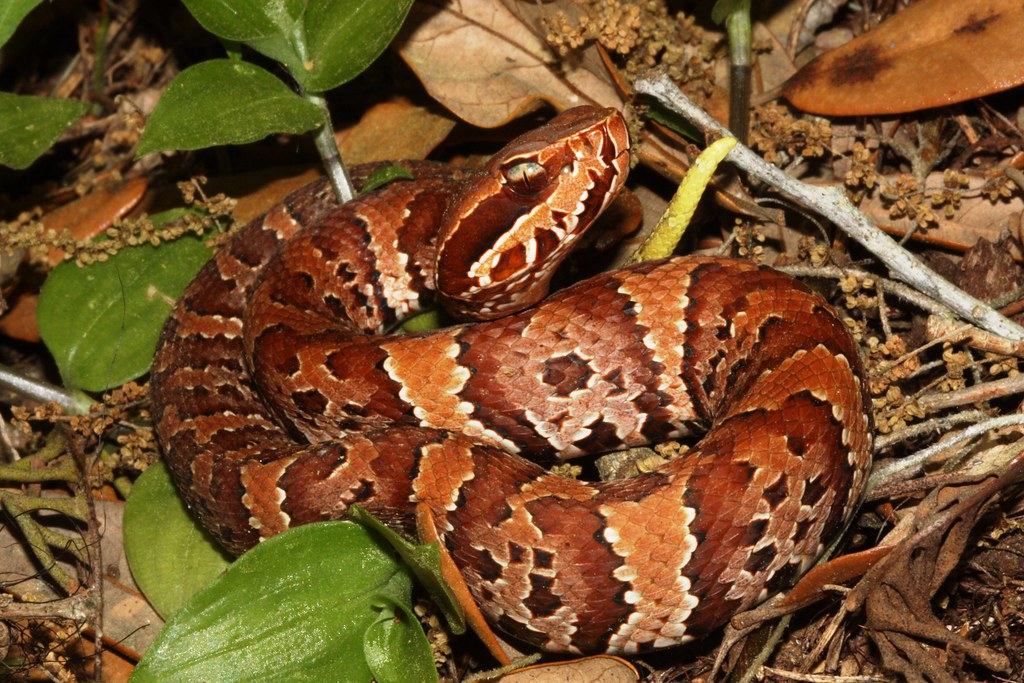
Pet snakes typically consume a diet consisting primarily of whole prey items, with specifics varying by species. Ball pythons and corn snakes generally eat rodents like mice and rats, while garter snakes might prefer amphibians and fish. King snakes are known for their diverse diets, consuming rodents, birds, lizards, and even other snakes in the wild. Most captive snakes are fed pre-killed prey for safety and convenience, usually in the form of frozen-thawed rodents purchased from reptile specialty shops or online suppliers. The frequency of feeding depends on the snake’s size, age, and species—younger snakes may eat weekly, while mature snakes might only need a meal every two to three weeks. Understanding these basic dietary requirements forms the foundation for recognizing when a snake exhibits preferences beyond its natural feeding patterns.
Scientific Evidence for Food Preferences
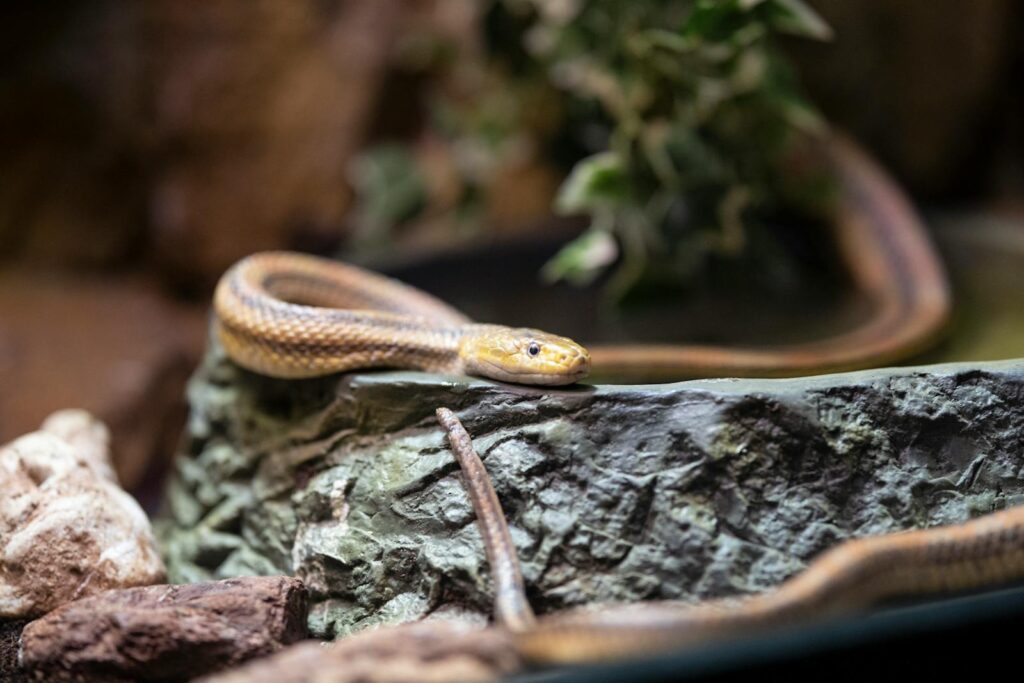
Research has demonstrated that snakes possess more complex feeding behaviors than previously thought. Studies conducted at the University of Florida found that certain snake species consistently chose prey based on specific characteristics when given options in controlled environments. One notable study with corn snakes revealed they could distinguish between rodents of different species and would repeatedly select their preferred option when available. Researchers have also documented chemical sensory preferences, where snakes demonstrate sensitivity not just to the presence of prey but to particular chemical signatures associated with specific prey types. These findings contradict earlier assumptions that snakes are purely opportunistic feeders with no distinct preferences. The scientific community increasingly recognizes that while feeding responses are instinctual, they’re also influenced by individual experience, captive conditioning, and possibly even genetic predispositions that vary between individual snakes of the same species.
Prey Size Preferences
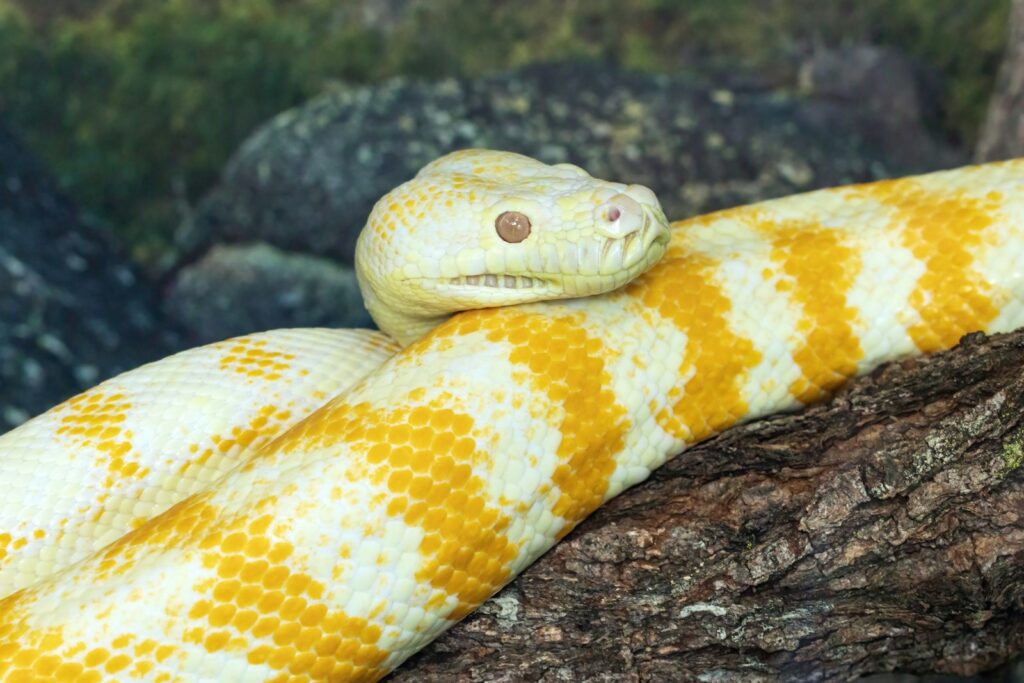
Many snake species exhibit strong preferences for specific prey sizes relative to their own body dimensions. Ball pythons, for instance, often prefer prey that measures approximately 10-15% of their own body weight, and may refuse items significantly larger or smaller. Interestingly, individual snakes sometimes develop very specific size preferences that don’t align with general feeding guidelines. Some keepers report having snakes that consistently reject appropriately-sized prey in favor of smaller items, while others might eagerly accept larger meals than typically recommended. Young snakes sometimes imprint on a particular prey size during their early feeding experiences, making transitions to larger prey items challenging as they grow. These size preferences can be particularly pronounced in species like kingsnakes and milk snakes, where individuals may develop highly specific requirements that persist throughout their lives.
Prey Color and Appearance Factors
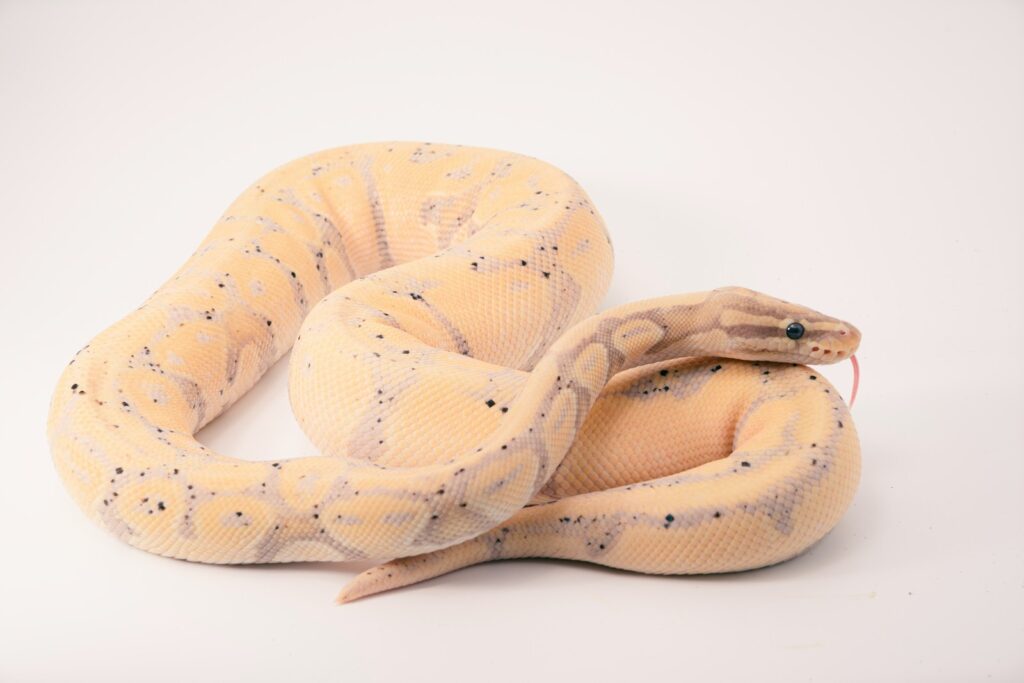
The visual appearance of prey items can significantly influence a snake’s feeding response, particularly for species that rely heavily on visual hunting cues. Experiments with corn snakes have shown some individuals consistently choose white mice over brown ones when both are offered simultaneously, suggesting color discrimination plays a role in prey selection. Ball pythons sometimes demonstrate preferences for specific fur patterns or colorations, with some keepers reporting their snakes will readily accept certain color morphs of mice while refusing others of identical size. These visual preferences may have evolutionary roots, as wild snakes might associate certain colors or patterns with particular prey species native to their habitat. For snakes that hunt primarily using visual cues rather than heat-sensing or chemical detection, these appearance preferences can be particularly pronounced and persistent throughout the snake’s life.
Prey Type Diversity and Preferences
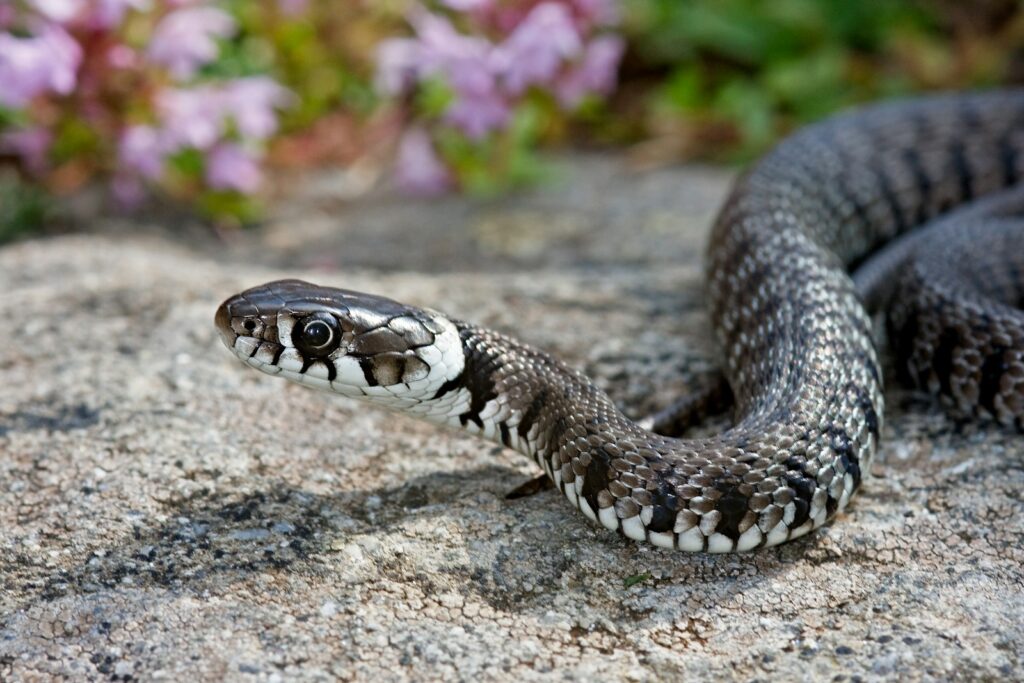
While many captive snakes adapt to a diet of rodents, various species exhibit strong natural preferences for diverse prey types. Garter snakes often prefer fish and amphibians over rodents, reflecting their natural dietary habits. Water snakes similarly show strong preferences for aquatic prey and may refuse rodents entirely. Even within commonly kept species like corn snakes, individuals occasionally demonstrate unexpected preferences—some eagerly accepting chicks or quail while showing less enthusiasm for the standard mouse diet. These preferences sometimes reflect the snake’s natural evolutionary adaptations; for example, African egg-eating snakes (Dasypeltis species) have specialized adaptations for consuming bird eggs and cannot process other prey types. Understanding a snake’s natural dietary diversity can help keepers provide more stimulating and biologically appropriate feeding options that cater to individual preferences while meeting nutritional needs.
Temperature and Preparation Preferences
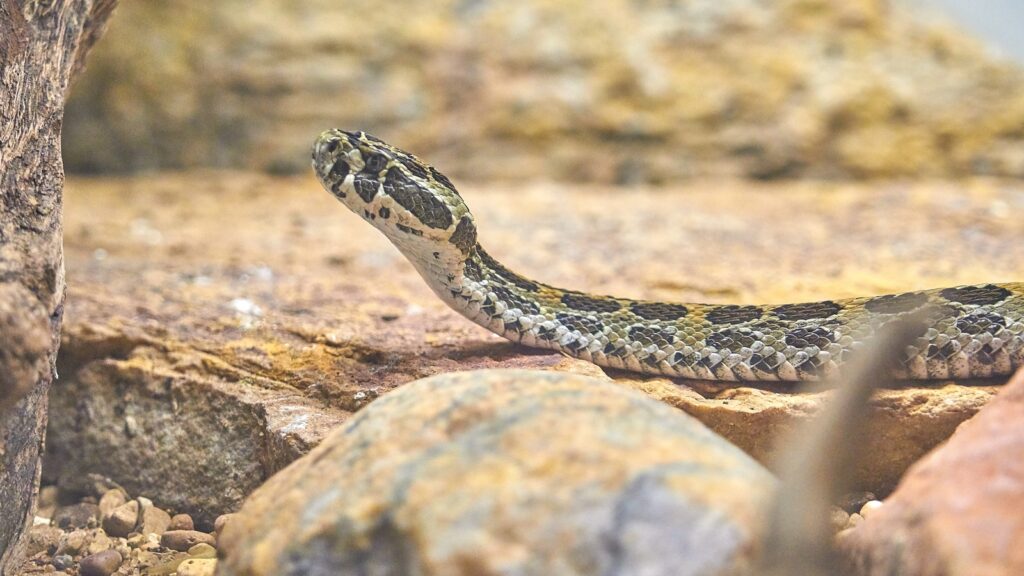
The temperature and preparation method of prey items can significantly influence a snake’s feeding response and apparent food preferences. Many snakes show strong preferences for prey heated to specific temperature ranges that mimic the body heat of live animals. Ball pythons, notorious for being selective feeders, often respond more readily to prey items warmed to 98-100°F (37-38°C), closely matching the body temperature of live rodents. Some individuals develop preferences for particular preparation methods—accepting prey that has been dried after thawing but refusing items that remain damp. The scenting technique, where prey is rubbed with the bedding of another prey animal to enhance its smell, works effectively for some picky eaters but repels others. These temperature and preparation preferences can be highly individualized; what works reliably for one snake may consistently fail with another, challenging the notion that all snakes of a species can be fed using identical methods.
Learned Feeding Behaviors
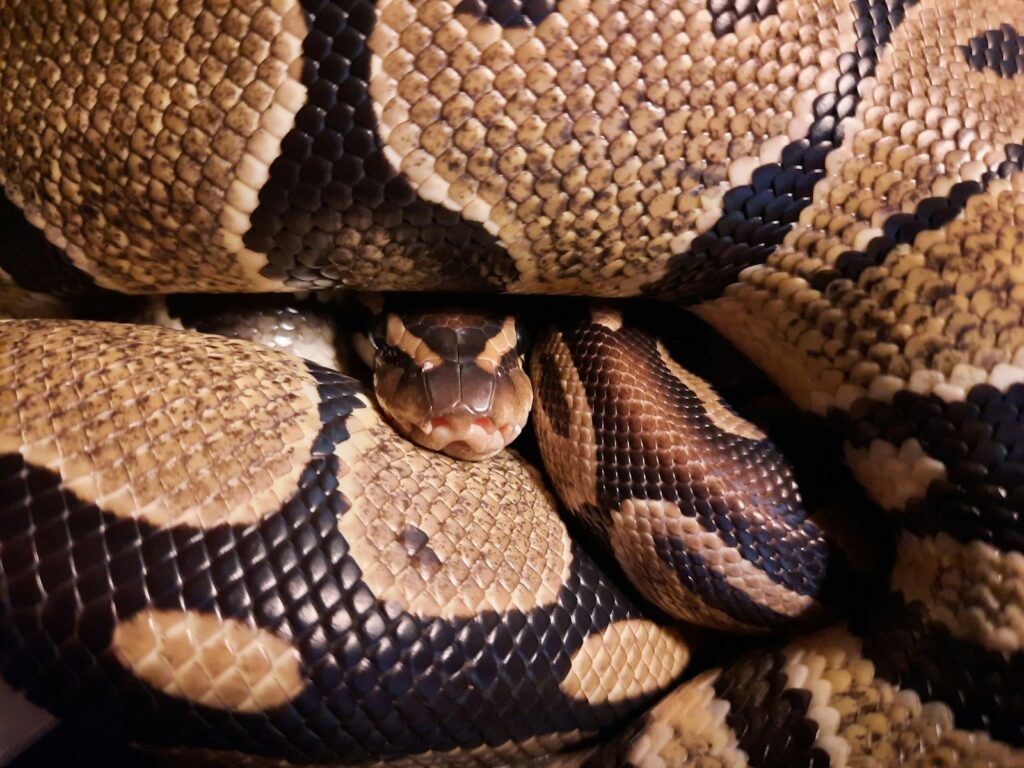
Snakes demonstrate remarkable capacity for learned feeding behaviors that can manifest as strong preferences over time. Captive-bred snakes often develop preferences based on their earliest feeding experiences, sometimes becoming reluctant to accept prey types different from what they first consumed as hatchlings. This phenomenon, similar to imprinting, can create lifelong preferences that prove difficult to modify. In laboratory settings, researchers have successfully trained snakes to associate specific signals with feeding times, showing they can learn complex associations related to food acquisition. Some keepers report their snakes develop preferences for being fed in particular locations within their enclosure or at specific times of day, refusing meals offered under different circumstances. These learned behaviors highlight the cognitive flexibility of snakes and demonstrate how individual experiences shape what might appear to be innate preferences.
Wild vs. Captive-Bred Preferences

Wild-caught and captive-bred snakes often exhibit markedly different food preferences that reflect their early experiences. Wild-caught specimens frequently show strong preferences for prey species native to their original habitat, sometimes refusing standard captive diet items like domestic mice. These preferences can be particularly challenging to overcome in species like certain hognose snakes, which may specifically target toads or amphibians in the wild. In contrast, captive-bred specimens raised on rodents from birth typically readily accept these prey items without hesitation. Interestingly, these feeding preferences can persist for generations—studies have shown that captive-bred snakes descended from wild ancestors may retain slight preferences for prey types similar to what their species would naturally consume, even without direct exposure to those food sources. These differences highlight how both genetic predisposition and early environmental conditioning shape snake feeding preferences.
Seasonal Variation in Preferences
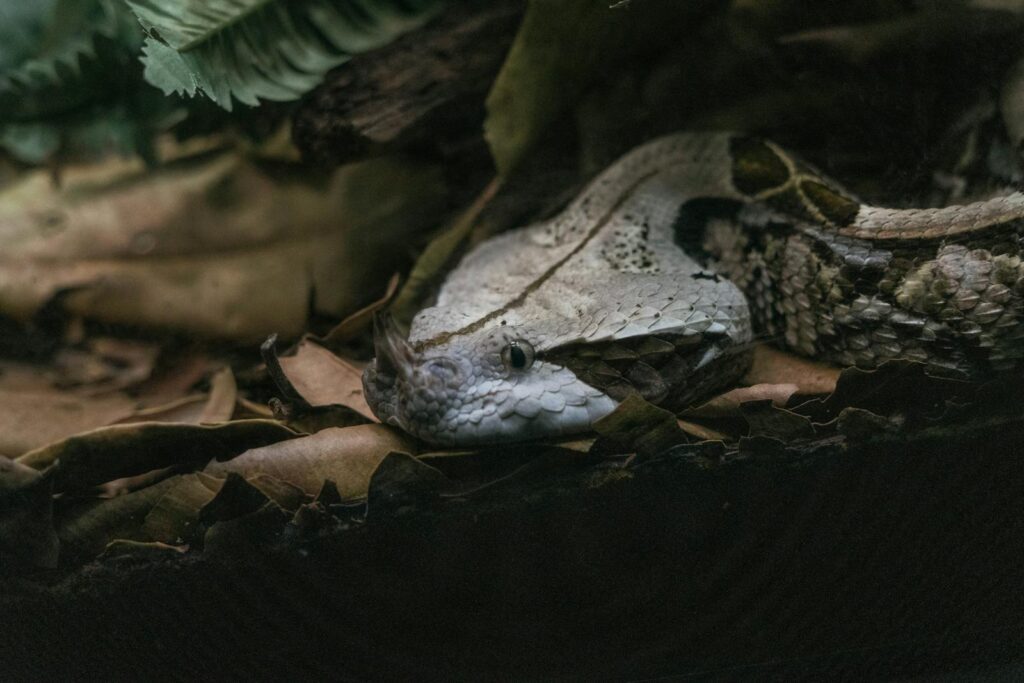
Many snake species exhibit seasonal shifts in feeding behavior that can be interpreted as changing food preferences. During breeding season, male snakes often dramatically reduce food intake or refuse meals entirely, prioritizing reproductive behaviors over feeding. Female snakes may display changed preferences during gestation, sometimes accepting smaller prey items or feeding more frequently than usual. Seasonal temperature changes can also influence feeding responses, with many species showing stronger food preferences and more consistent feeding during warmer months that mimic their active season in the wild. Some snake keepers report their pets develop apparent seasonal preferences, reliably accepting certain prey types during specific times of year while refusing them during others. These cyclical patterns demonstrate that snake feeding preferences aren’t static but can fluctuate in response to physiological states and environmental conditions, adding another layer of complexity to understanding their dietary needs.
Hunger vs. Preference: The Distinction
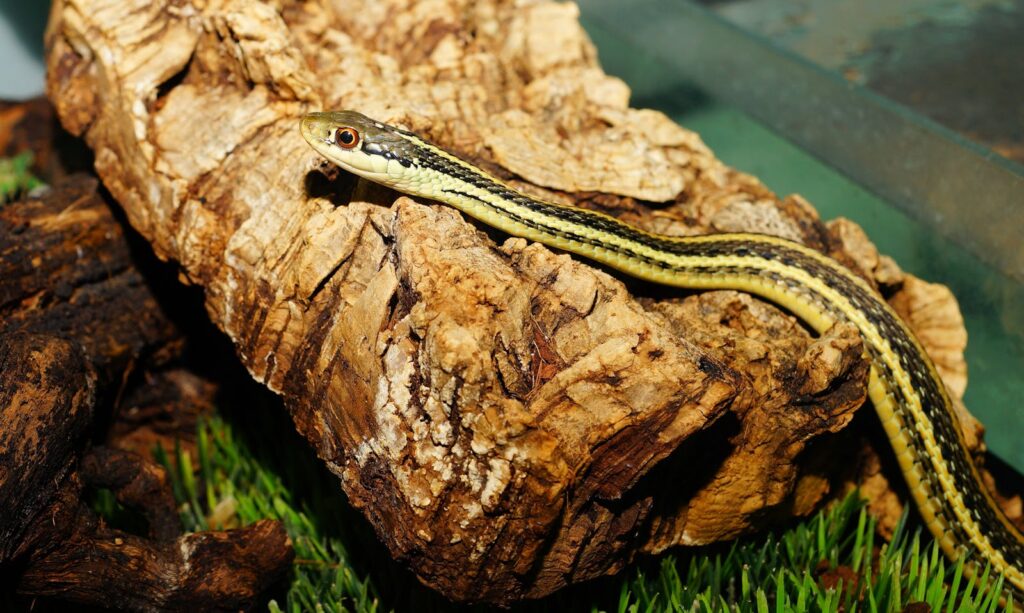
Distinguishing between true food preferences and feeding refusals due to satiation or other factors presents a significant challenge for snake keepers. A snake that consistently chooses one prey type over another when both are offered simultaneously likely demonstrates a genuine preference. However, a snake that refuses food entirely might not be exhibiting preference but could be responding to environmental stressors, illness, or simply not being hungry. Ball pythons, infamous for extended fasting periods, often aren’t displaying food preferences during these times but are undergoing normal seasonal fasting behaviors. Experienced keepers learn to recognize the subtle behavioral differences between a snake that isn’t hungry and one that’s rejecting a specific food item due to preference. These distinctions matter significantly for husbandry, as misinterpreting hunger signals can lead to unnecessary stress from repeated feeding attempts or trying various prey items when the snake simply isn’t ready to eat.
Addressing Picky Eaters

When confronted with a snake showing strong food preferences or refusing standard diet items, keepers can employ several evidence-based strategies to encourage feeding. Braining (exposing the brain of the prey item) often triggers feeding responses in reluctant eaters by releasing strong scent cues that stimulate the snake’s predatory instincts. Scenting techniques using fish oil, chicken broth, or gerbil bedding can make standard prey items more appealing to species with specialized diets. Some keepers find success with the “moving prey” technique, where thawed prey is gently moved with tongs to mimic live movement, triggering the snake’s hunting response. Environmental adjustments like ensuring proper temperature gradients, providing adequate hiding spots, and minimizing disturbances around feeding time can also help overcome feeding reluctance. Patience remains crucial—forcing new food items can create negative associations that strengthen rather than overcome preferences, and most healthy snakes will eventually accept appropriate prey when husbandry conditions properly meet their species’ requirements.
Health Implications of Catering to Preferences
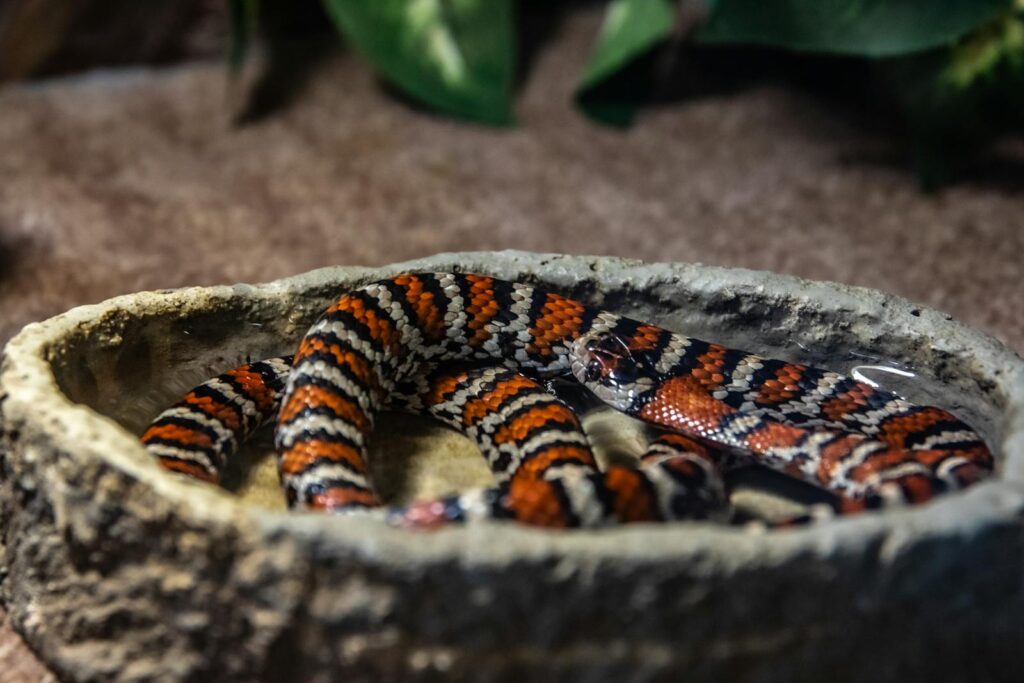
While acknowledging and sometimes accommodating a snake’s food preferences can improve feeding success, it’s essential to balance preferences against nutritional needs. Allowing a snake to consume exclusively one prey type might lead to nutritional deficiencies if that prey lacks essential nutrients. For instance, a diet consisting only of lizards or amphibians may provide different nutrient profiles than rodents, potentially affecting long-term health. Veterinary research indicates that prey variety generally promotes better health outcomes in captive snakes, even for species traditionally fed single prey types. Catering to size preferences also requires careful consideration—consistently feeding prey smaller than recommended might result in undernourishment, while overly large prey can cause regurgitation or digestive complications. Responsible keepers should work with exotic veterinarians to develop feeding strategies that acknowledge individual preferences while ensuring complete nutrition, using supplements when necessary to address potential deficiencies from limited diet variety.
Conclusion: The Individual Nature of Snake Feeding
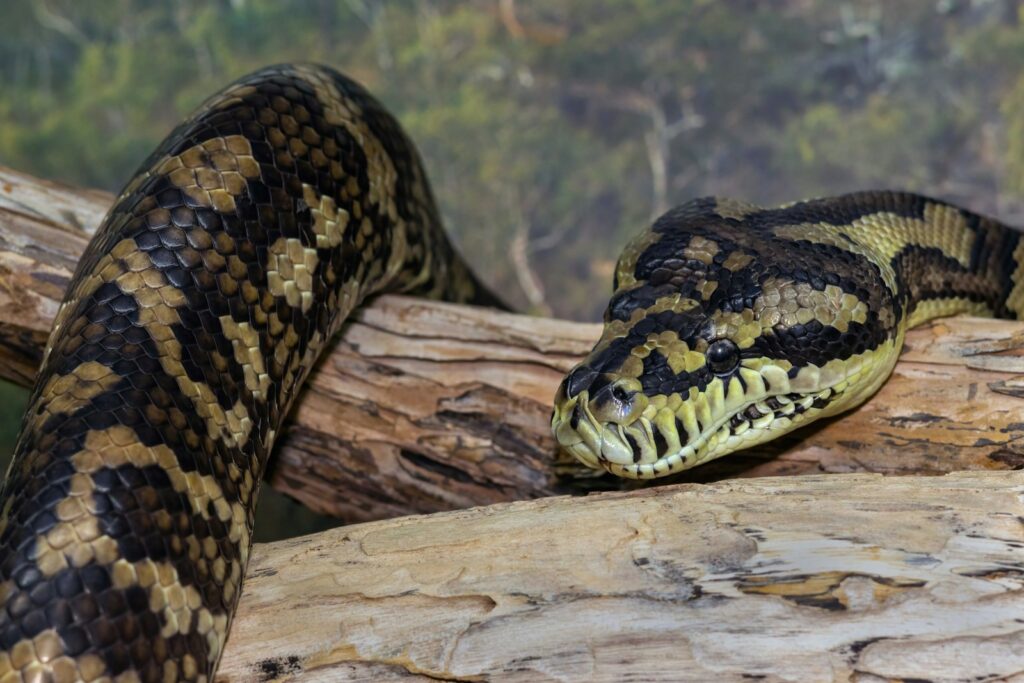
The evidence clearly demonstrates that pet snakes do indeed develop preferences for certain foods, revealing a level of individuality that contradicts older perspectives portraying them as purely instinct-driven feeders. These preferences manifest across multiple dimensions—prey type, size, color, temperature, and preparation method—and likely result from a complex interplay between evolutionary predispositions, early feeding experiences, and environmental conditioning. Rather than viewing these preferences as problematic behaviors to overcome, successful snake keepers recognize them as expressions of individual personality that provide valuable insights into each animal’s specific needs. By balancing respect for these preferences with sound nutritional knowledge, keepers can develop feeding regimens that promote both physical health and psychological well-being. Understanding and working with these feeding preferences represents one of the most fascinating aspects of snake keeping, offering a window into the surprising complexity of reptile behavior and creating opportunities for deeper connections between these remarkable animals and their human caretakers.




